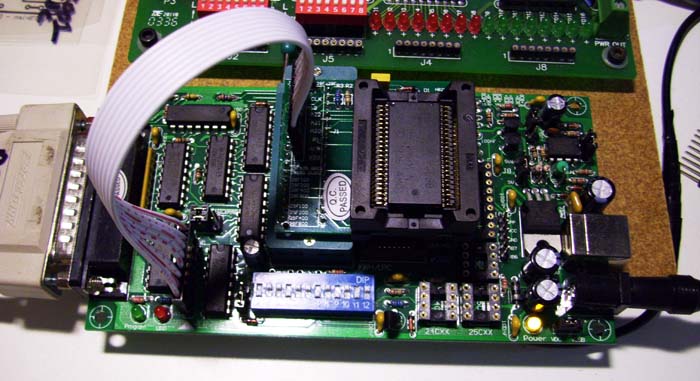Programmable Logic has become more and more common as a core technology used to build electronic systems. By integrating soft-core or hardcore processors, these devices have become complete systems on a chip, steadily displacing general purpose processors and ASICs. In particular, high performance systems are now almost always implemented with FPGAs. This course will give you the foundation for FPGA design in Embedded Systems along with practical design skills. You will learn what an FPGA is and how this technology was developed, how to select the best FPGA architecture for a given application, how to use state of the art software tools for FPGA development, and solve critical digital design problems using FPGAs. You use FPGA development tools to complete several example designs, including a custom processor. If you are thinking of a career in Electronics Design or an engineer looking at a career change, this is a great course to enhance your career opportunities.Hardware Requirements: You must have access to computer resources to run the development tools, a PC running either Windows 7, 8, or 10 or a recent Linux OS which must be RHEL 6.5 or CentOS Linux 6.5 or later. Either Linux OS could be run as a virtual machine under Windows 8 or 10. The tools do not run on Apple Mac computers. Whatever the OS, the computer must have at least 8 GB of RAM. Most new laptops will have this, or it may be possible to upgrade the memory.
2017 Repair Program Flash Memory
Altera DE2 Board iii. Email: university@altera.com • Terasic Technologies No. Jhubei City, HsinChu County, Taiwan, 302. • 4-Mbyte Flash memory (1 Mbyte on some boards) • SD Card socket • 4 pushbutton switches • 18 toggle switches. Altera DE2 Board iii. Manual, the Control Panel utility, reference designs and demonstrations, device datasheets. • 4-Mbyte Flash memory (1 Mbyte on some. DE1 Development and Education Board. Alaboratory environment for university and college courses, for a variety of design projects, as well as for the. There are SRAM, SDRAM, and Flash memory chips. For experiments that require a processor and simple I/O interfaces, it is easy to instantiate Altera’s Nios II. Altera DE2 Board iii. Email: university@altera.com • Terasic Technologies No. Jhubei City, HsinChu County, Taiwan, 302. • 4-Mbyte Flash memory (1 Mbyte on some boards) • SD Card socket • 4 pushbutton switches • 18 toggle switches.

Program Flash Download
UP1: Altera University Program Design Laboratory Package - User Guide [ PDF 30pp, Altera Corp., October 2001, ver. 8Mbyte (1M x 4 x 16) SDRAM, 4Mbyte Flash Memory (upgradeable to 4Mbyte), SD Card Socket; 4 Push-button switches, 18 DPDT switches, 9 Green User LEDs, 18 Red User LEDs. Overview of DE2 Software Disk. Spansion Flash Memory. These are the usual lab exercises given to Digital Design classes in a university. In the beginning of. Email: university@altera.com. DE0 User Manual 7 Flash memory. Then, click Download Code button to program FPGA again.



